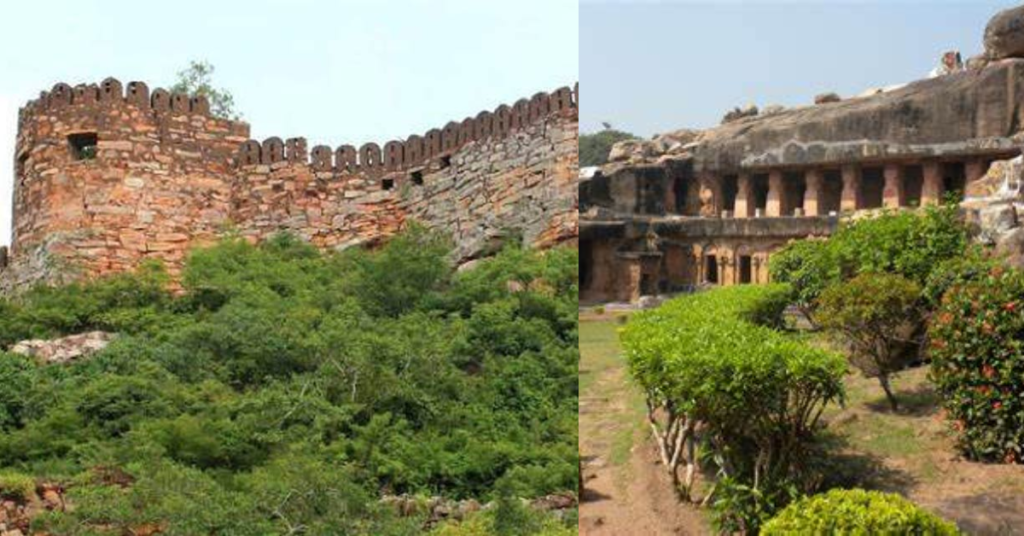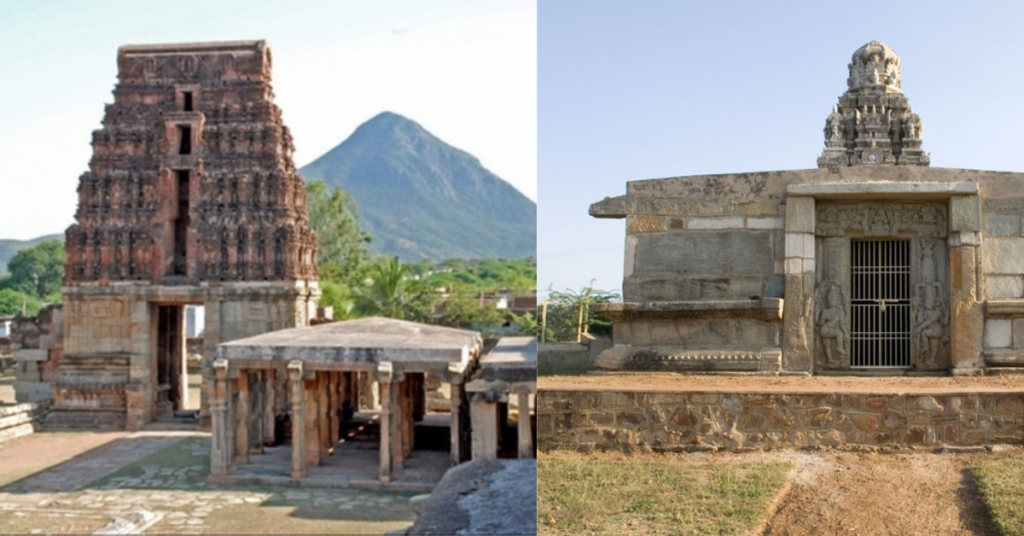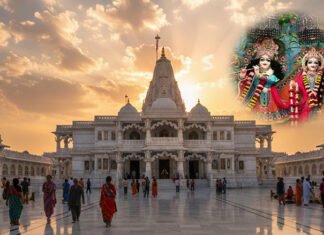Udayagiri Fort, located in the Coastal Andhra region of Siddavaram, Nellore, Andhra Pradesh, stands as a testament to the rich history and architectural prowess of the region. The fort is perched at an impressive height of 3079 feet, offering breathtaking views and housing beautiful waterfalls. The only way to access the fort is by ascending a series of steps, making the journey as intriguing as the destination itself.

Also visit: Discover Ethipothala Falls The Hidden Gem of Andhra Pradesh
Historical Significance
The town of Udayagiri was a significant center of culture and power during the rule of the Gajapatis and the Vijayanagar rulers. It was renowned for its splendor, reflected in the ruins of 365 temples scattered throughout the town. These ruins showcase the exquisite sculpture and architecture from various historical periods. The fort itself was constructed in the 14th and 15th centuries by the Gajapatis and later the Vijayanagara kings.
One of the pivotal moments in the fort’s history was the attack by the army of Krishna Deva Raya. The siege lasted for 18 months, ultimately leading to the end of Gajapati’s rule in the Telugu region. Subsequently, the fort came under the control of chieftains allied with the Nawabs of Golconda and Arcot.
Architectural Highlights
Udayagiri Fort is notable for its diverse architectural styles, which reflect the influence of different dynasties:
- Ranganatha Temple: This temple epitomizes Chola architecture, with intricate carvings and robust structures typical of the Chola dynasty.
- Balakrishna Mandiram: Reflecting Pallava culture, this mandiram showcases the elegance and sophistication of Pallava architecture.
- Paruveta Mandapam: A hallmark of Vijayanagara architecture, this structure highlights the grandeur and intricate craftsmanship of the Vijayanagara period.
Other significant structures within the fort include Chinna Masjid and Pedda Masjid, which are testaments to the Islamic architectural influence during the Nawabi rule.

Cultural and Medicinal Significance
The hill of Udayagiri, often called Sanjeevi Hills, boasts an abundance of medicinal plants. Local folklore often mentions the existence of Sanjeevani, a mythical herb believed to have life-restoring properties. This adds a layer of mystique and traditional knowledge to the region’s natural heritage.
The fort houses a significant spiritual site: the tomb of Rahamathulla Nayab Rasool, a revered Sufi saint from the 18th century. Many believe that he attained spiritual liberation at this location.
Modern Developments
In recent times, the Tamil Nadu Forest Department has transformed the fort into a biodiversity park.. This initiative aims to preserve the site’s ecological and historical value. Additionally, the Department of Archaeology has discovered an underground tunnel within the fort, adding to its historical intrigue.
Visiting Information
Timings: The fort is open to visitors from 09:00 AM to 06:00 PM.
Festivals: One of the major festivals celebrated at Udayagiri Fort is the Sandal Festival, held annually on the 26th of Rabi-UL-Awal month. This festival attracts a large number of visitors and adds to the cultural vibrancy of the fort.
How to Reach Udayagiri Fort
- By Air: The nearest airport is Tirupati International Airport, located 186 km away.
- By Train: The closest railway station is Nellore Railway Station, approximately 100 km from the fort.
- By Bus: The fort is accessible via bus from Badvel RTC Bus Stand (41.7 km) and Nellore Bus Stand (102 km).
Address
Udayagiri Fort, Coastal Andhra Region, Siddavaram, Nellore, Andhra Pradesh 524226, India.
Conclusion
Udayagiri Fort stands as a remarkable historical site, offering insights into the rich cultural and architectural heritage of Andhra Pradesh. With its stunning views, historical ruins, and spiritual significance, the fort is a must-visit for history enthusiasts and travelers alike. The ongoing efforts to preserve and develop the site ensure that Udayagiri Fort will continue to be a beacon of the region’s glorious past for future generations.
ANS)Udayagiri Hill, often called Sanjeevi Hills, boasts an abundance of medicinal plants. Local folklore highlights the mythical Sanjeevani herb, believed to possess life-restoring properties.
ANS) The fort is open to visitors from 09:00 AM to 06:00 PM.
ANS) The Sandal Festival, celebrated annually on the 26th of Rabi-UL-Awal month, is one of the major festivals at Udayagiri Fort.
ANS) The Tamil Nadu Forest Department has transformed the fort into a biodiversity park, preserving its ecological and historical significance.
ANS) By Air: Tirupati International Airport (186 km away)
By Train: Nellore Railway Station (100 km away)
By Bus: Badvel RTC Bus Stand (41.7 km away) and Nellore Bus Stand (102 km away)











